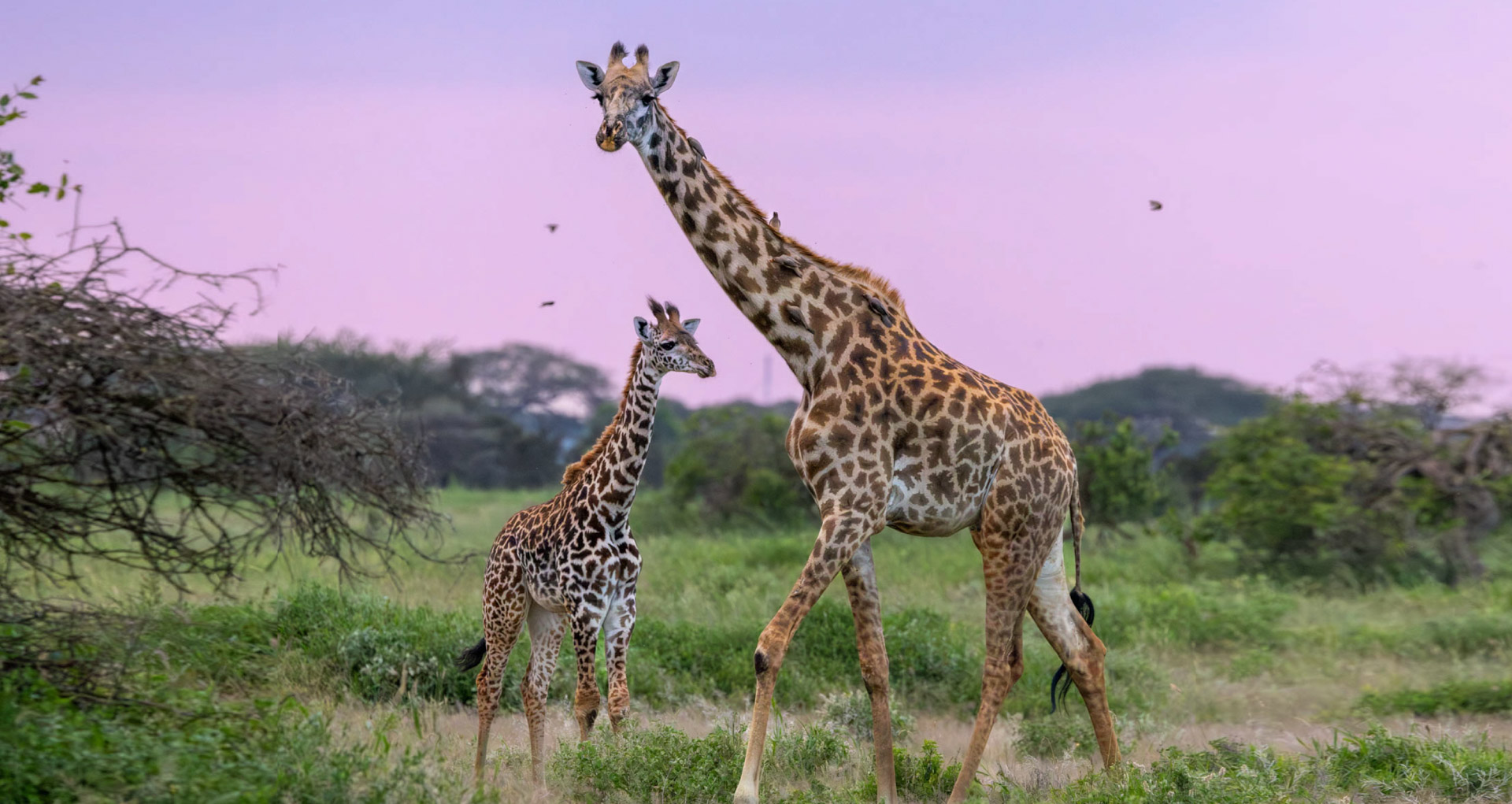
The majestic African fish eagle has become an iconic symbol of Africa's inland waters — lakes, rivers and dams. Its resonant, piercing calls are a distinctive sound along Kimana's stream and you can often hear them from either your Guest Suite or the Guest Area at Angama Amboseli. Characterised by its striking features including a milk-white head and tail, dark eyes, yellow cere (a waxy flesh covering the base of the upper beak) and chocolate brown back.
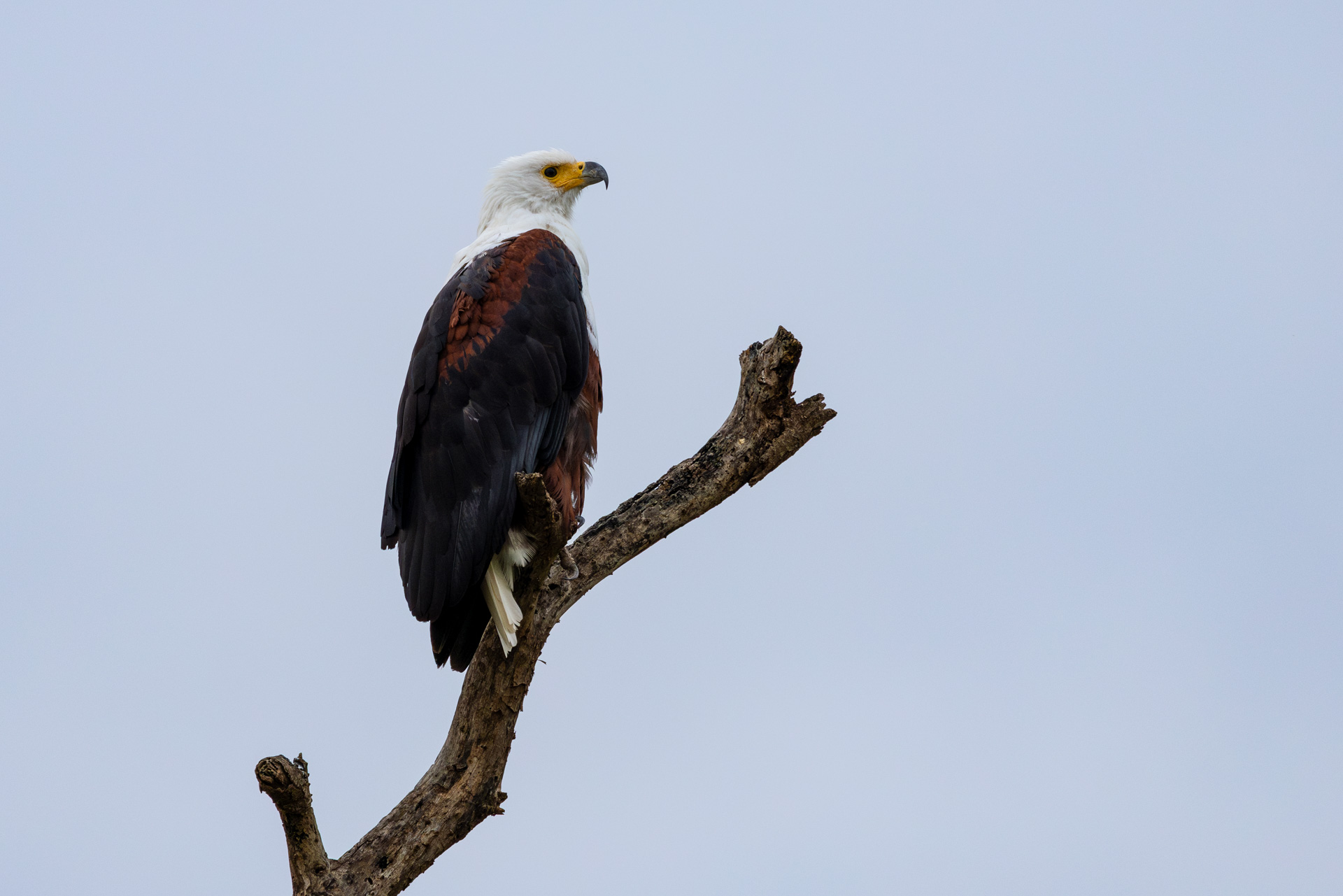
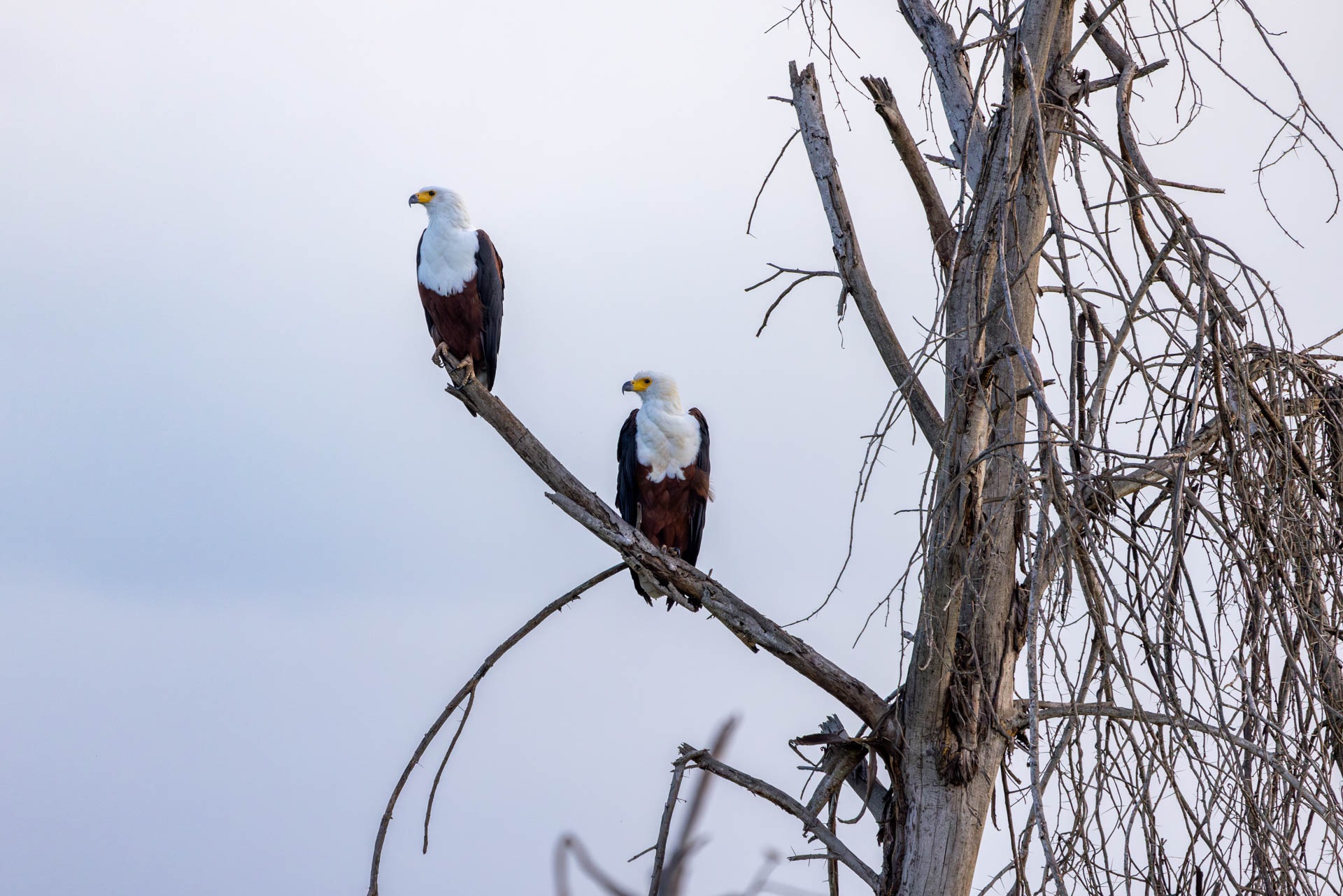
In most bird species the males tend to be larger than females, however, there are exceptions; particularly in certain birds like shorebirds and birds of prey. The reversed sexual size dimorphism in raptors remains a mystery, but several intriguing hypotheses have been proposed. Based on my observations of these magnificent avian creatures in both the Maasai Mara and the Amboseli ecosystem, I am inclined to believe that the sleeker body of males enhances their hunting prowess, while the larger size of females allows for better chances of success during brooding. The formidable size of a female African fish eagle also serves as a powerful deterrent to potential predators approaching the nesting site, emphasising the awe-inspiring and commanding nature of these birds.
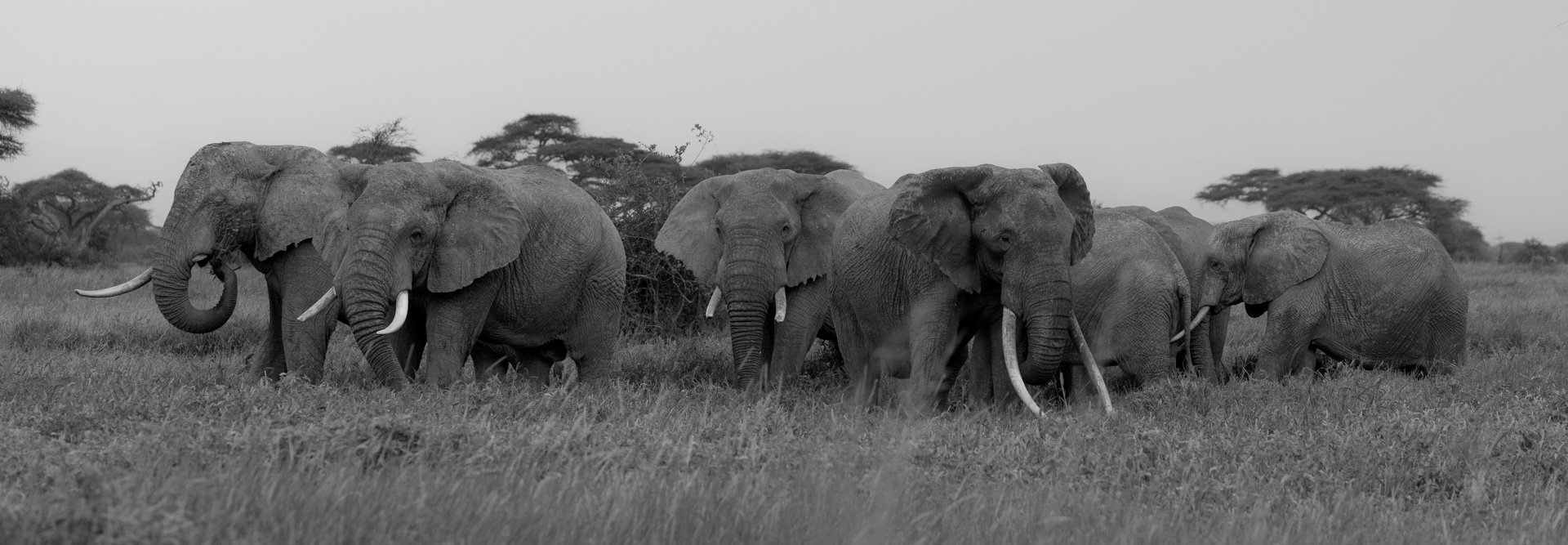
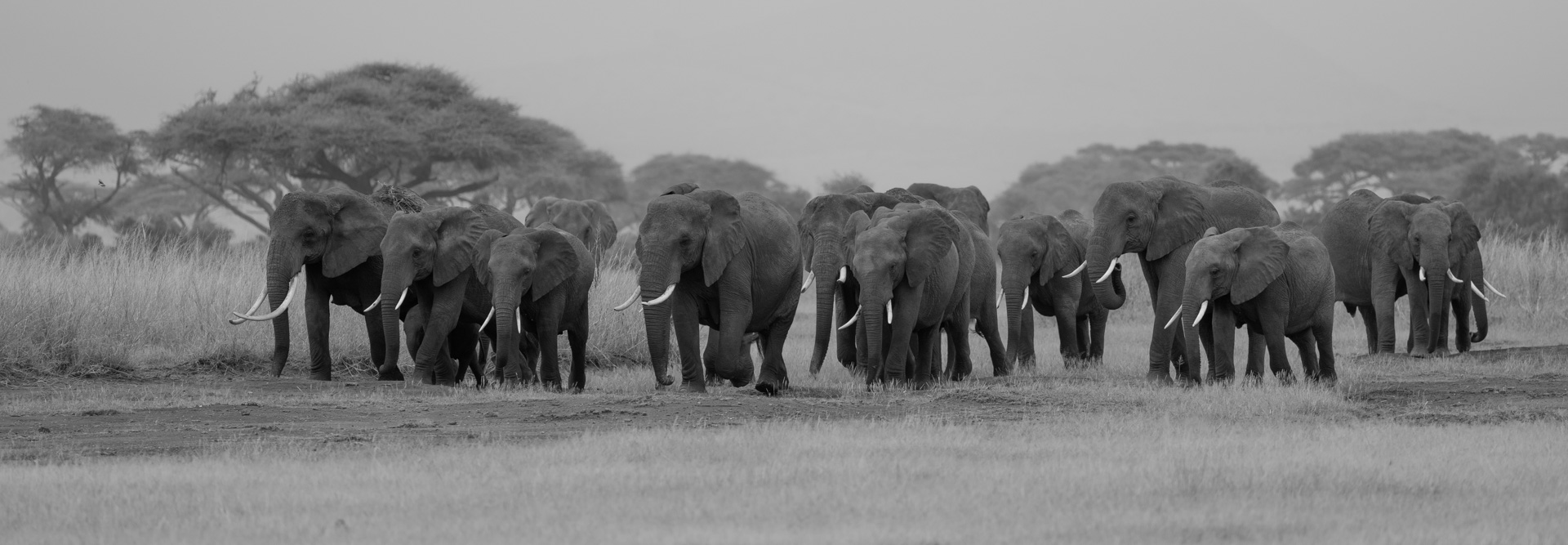
For elephant enthusiasts, Amboseli provides the ultimate destination to witness and observe elephants roaming freely. On a splendid day, you can witness them against the breathtaking backdrop of the world's tallest free-standing mountain, Mt. Kilimanjaro. Angama guest, Vasilii Selivanov, rented a camera from the Photographic Studio to capture striking shots of elephant herds in Amboseli National Park. Upon returning to Kimana Sanctuary, we had the privilege of continuing to watch the big boys quietly indulging in a feast.
The thrilling aspect is that whether you opt for a drive in Kimana Sanctuary or Amboseli National Park you'll encounter plenty of these gentle giants.
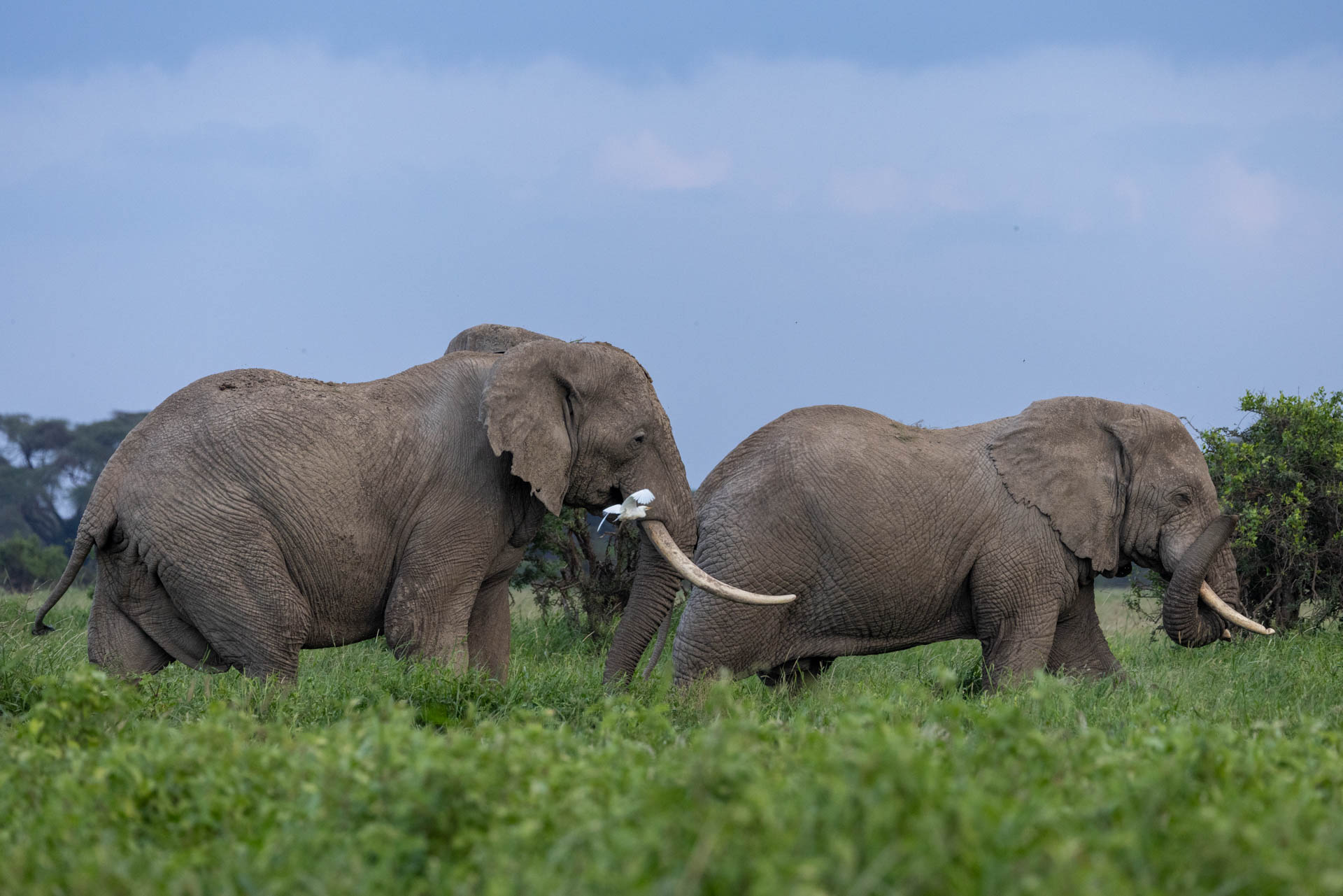
An evening game drive is often a convenient time to catch the iconic African sunsets, as well as observe the diverse wildlife present in Kimana Sanctuary. This particular evening presented us with a lot of young life and an opportunity to appreciate the beauty and importance of conserving this stunning yet fragile wild ecosystem.
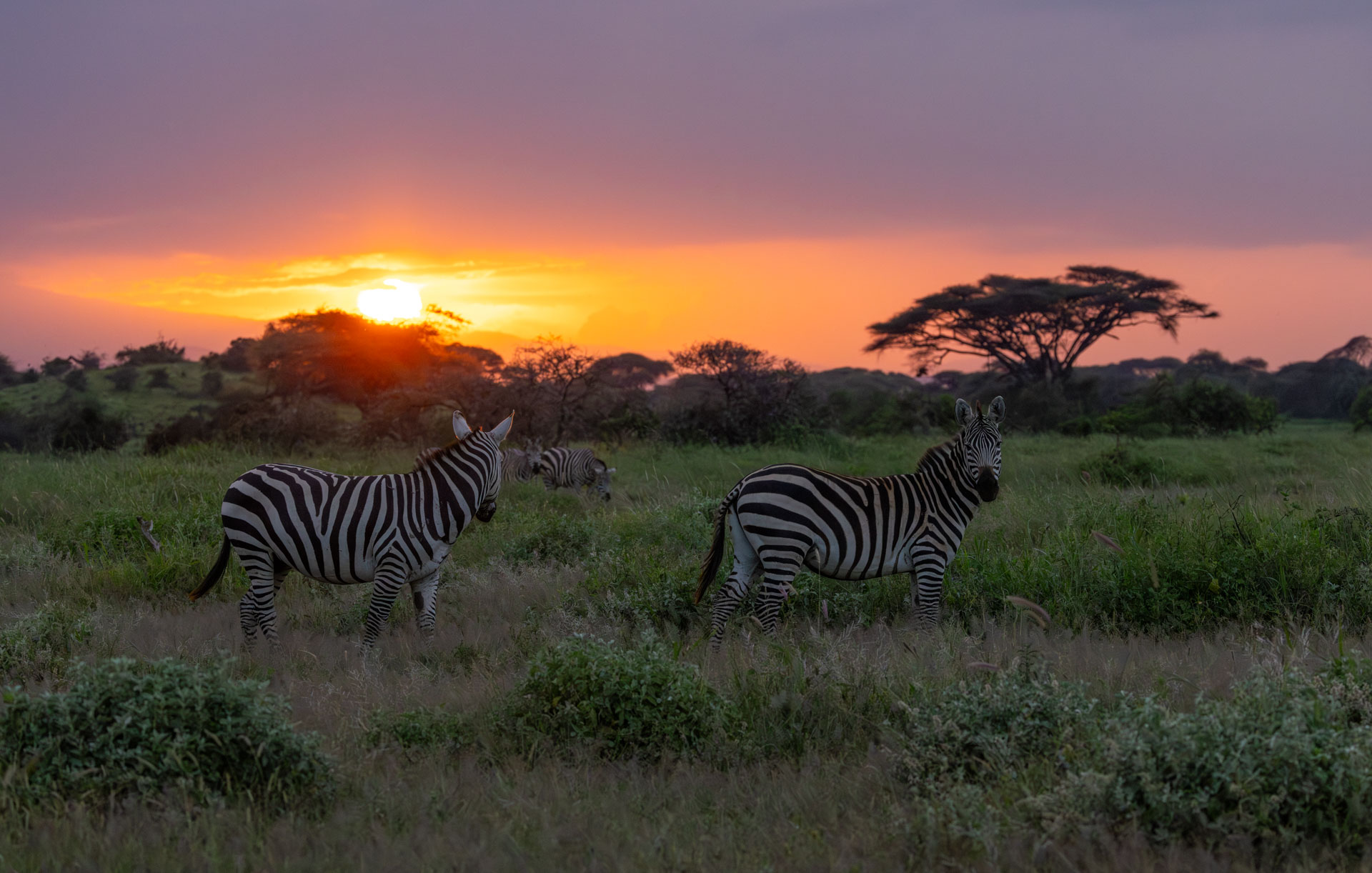
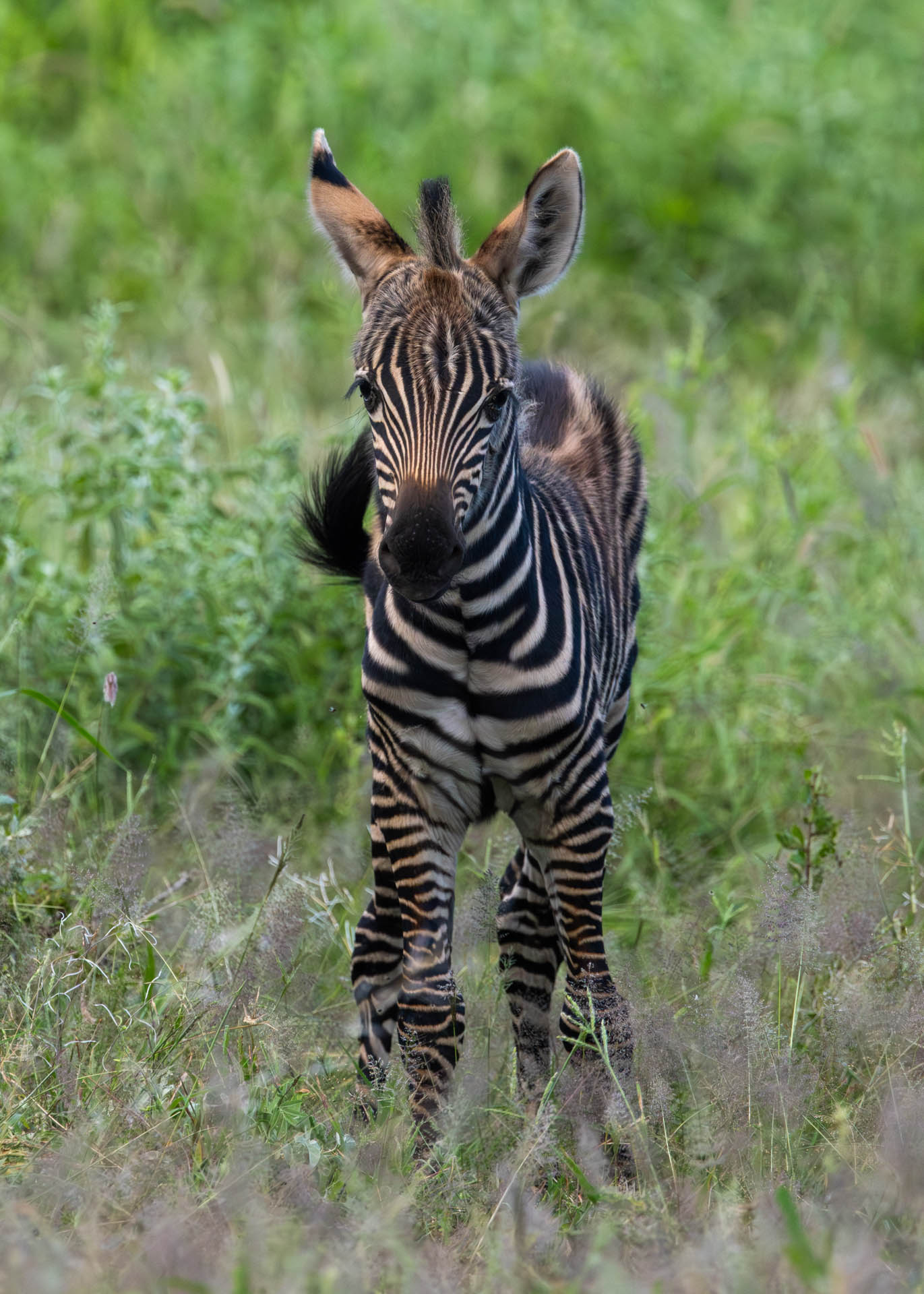

Have you ever seen a chick of the splendid grey-crowned crane? Some guests were treated to this special sighting while on a drive. An interesting fact: the downy plumage of grey-crowned crane chicks often provides them with good camouflage in their grassy or marshy habitats, helping them blend in with the surroundings and avoid potential threats — that's also why they are often not seen. -Sammy Njoroge
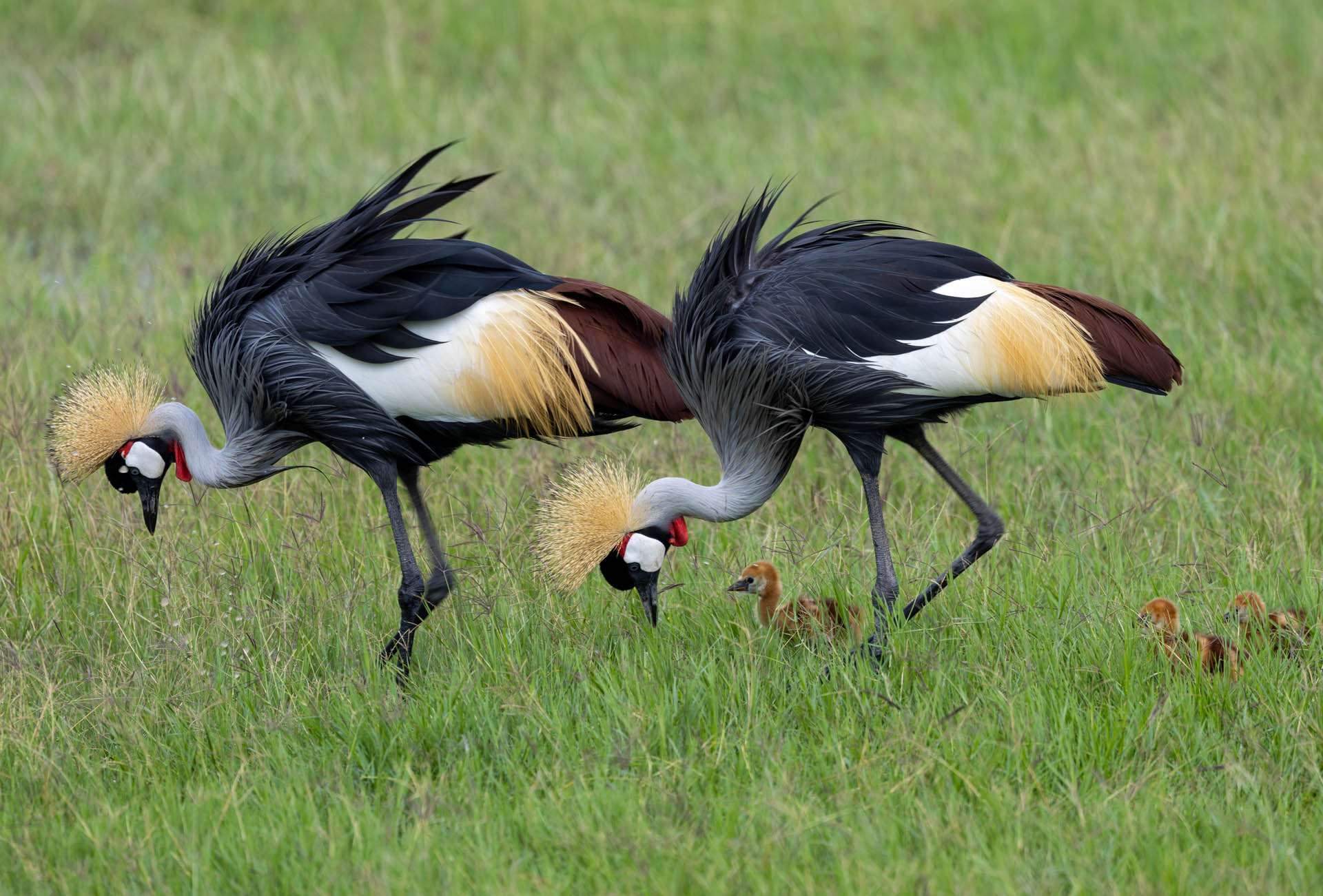
The rains continue not only in the Mara but in many places across the country; entire transformations are proof of nature's power. Here, the land usually absorbs the rains but because of the sheer quantity of water we've recently received, new swamp areas have been created.


A biological indicator of the amount of rain is the appearance of a bird species common in areas with large amounts of water. The reed cormorant, also known as the long-tailed cormorant, is a fascinating bird found in various freshwater habitats. We came across this bird in the Maji ya Ndege area, now effectively a marshland. These birds are predominantly underwater hunters and feed on fish and frogs as their webbed feet help them to swim. It is quite rare to see this bird in the Mara away from any big bodies of water.
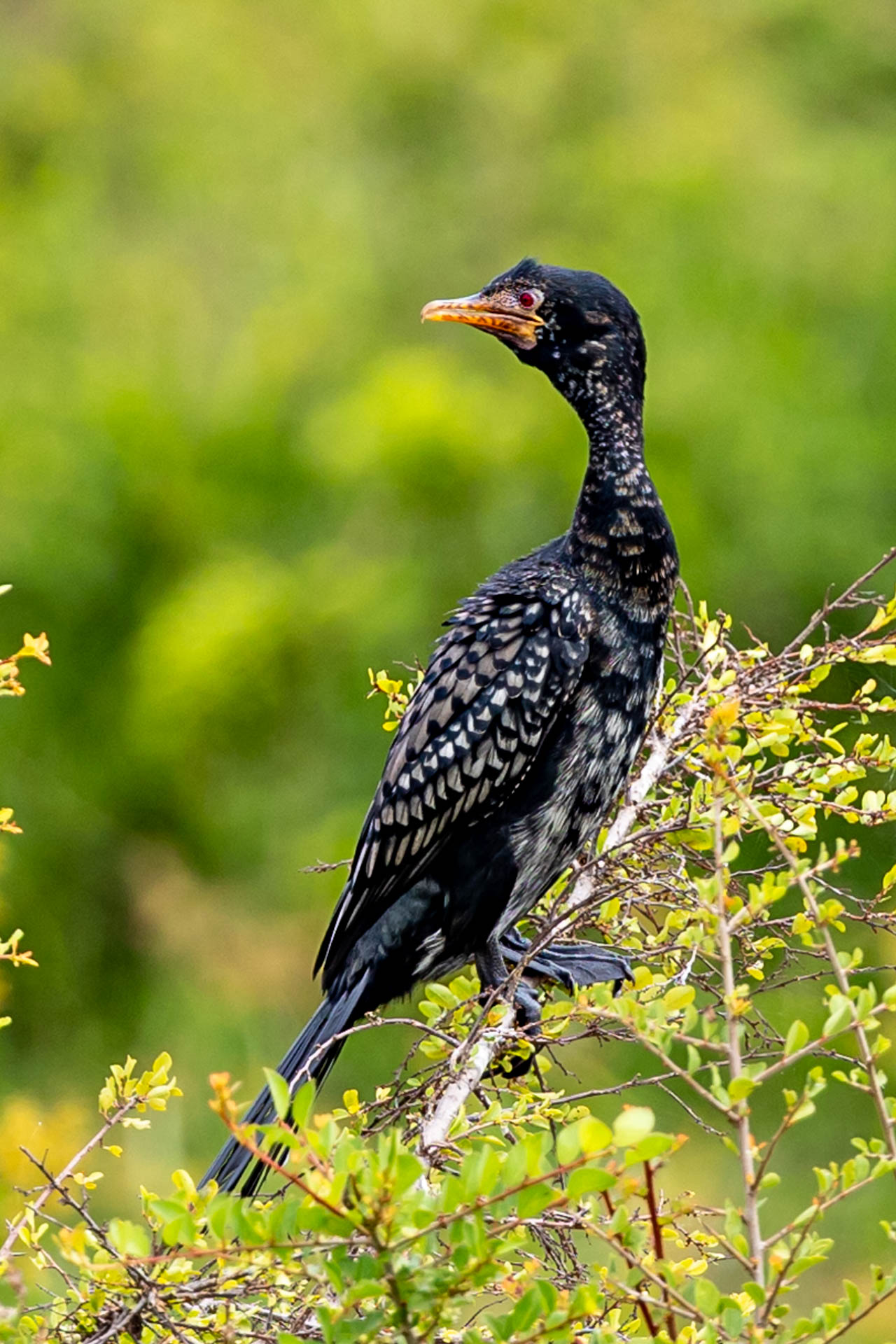
A radio call alerted us of a leopard nearby so we began making our way to the Salt Lick Area. At the base of a desert date acacia, we saw some movement in the branches. Next, came audible sounds of bones being crushed. As we found a different vantage point the cat became more visible and we saw that she had hoisted a Thomson's gazelle up the branches of a tree that seemed impossible to climb. The tree's limbs mirrored the space between the leopard's rosettes as she blended perfectly into the tree. We are unsure whether this is the Salt Lick female or one of her cubs.
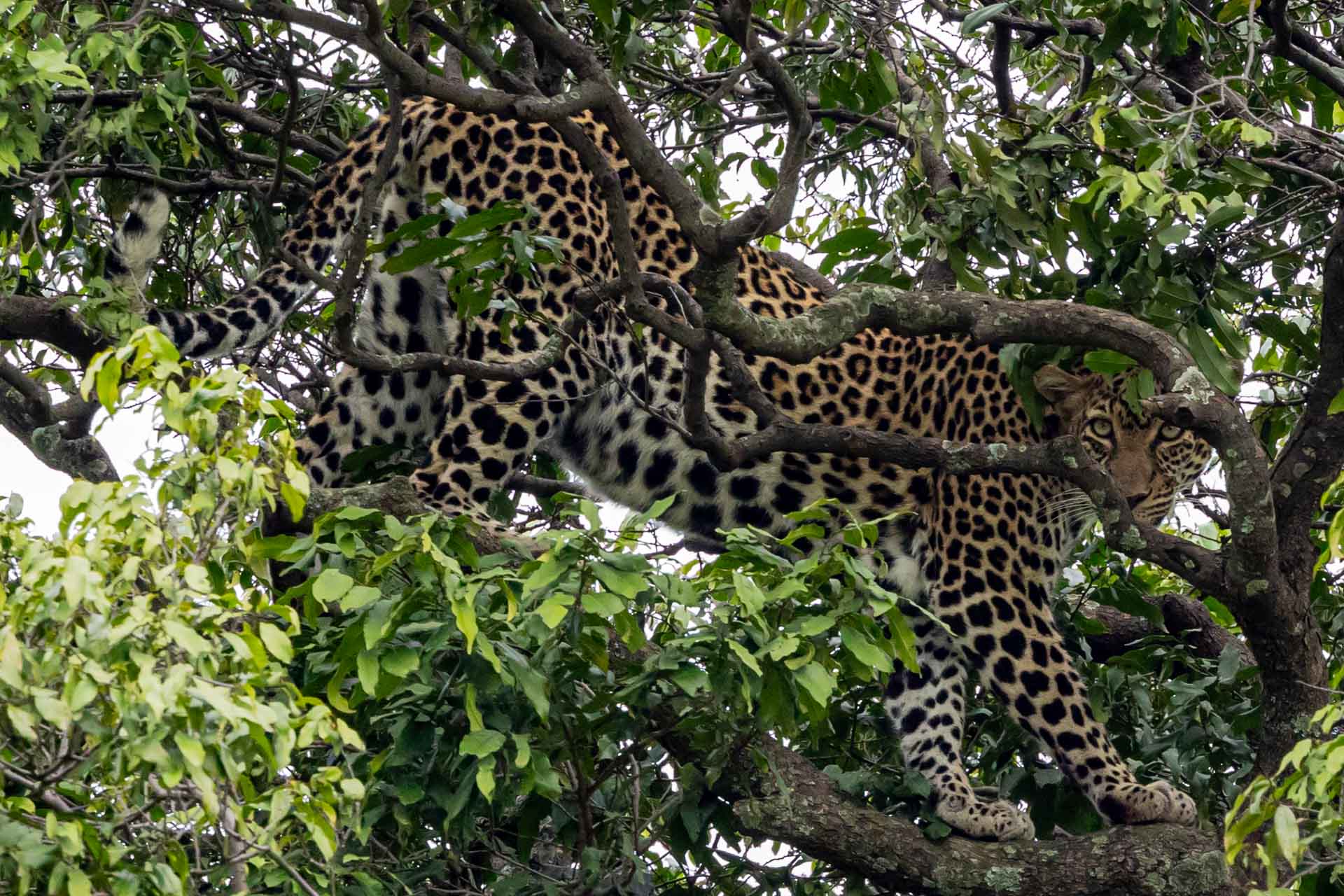
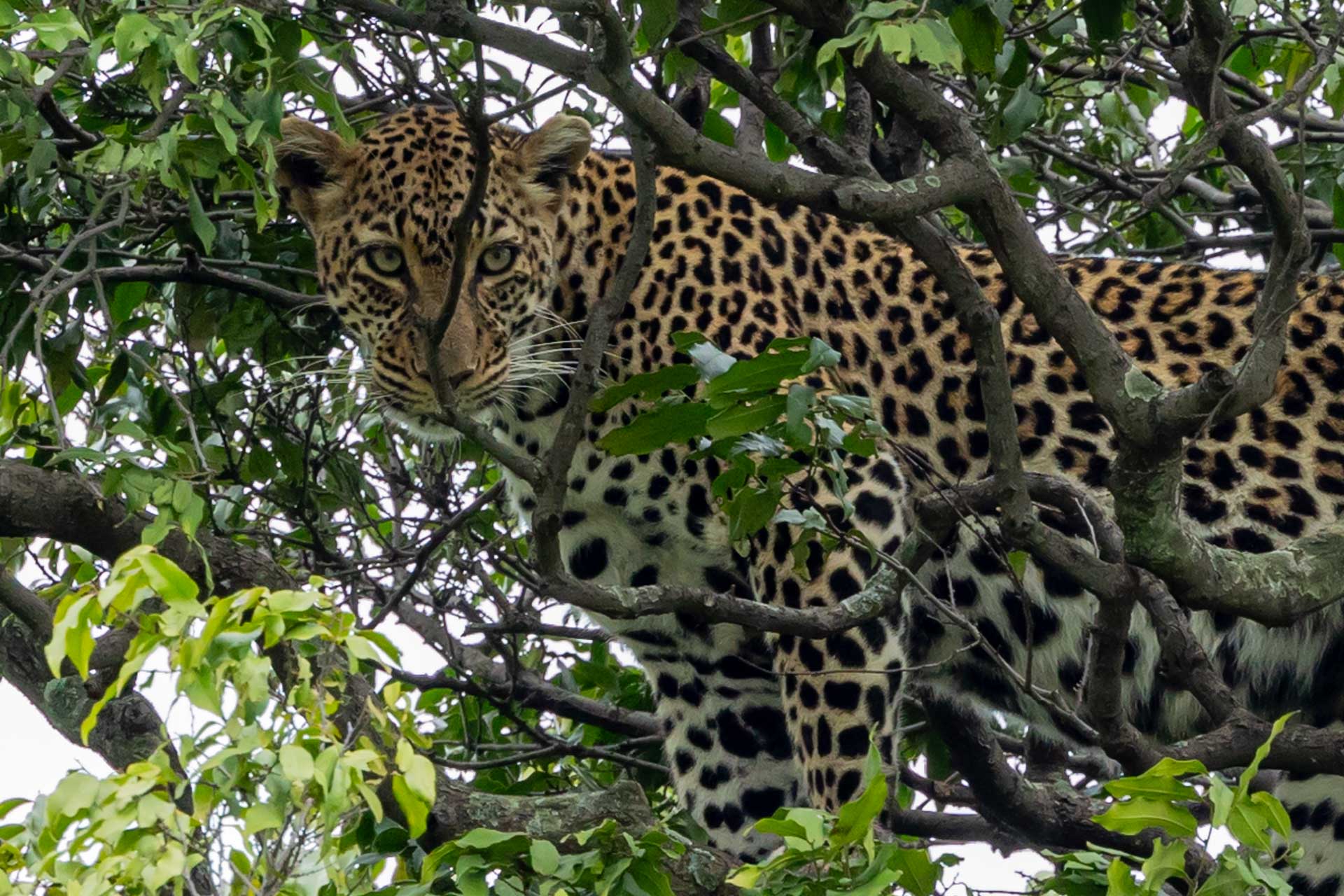
Lemaalo, an Angama Guide, witnessed the Nyati boys taking advantage of the water from recent rains to take a bath. Lions typically do not like water but in the middle of the day, when temperatures soar, a puddle of water can be a very refreshing thing to a lion and can help them clean themselves.
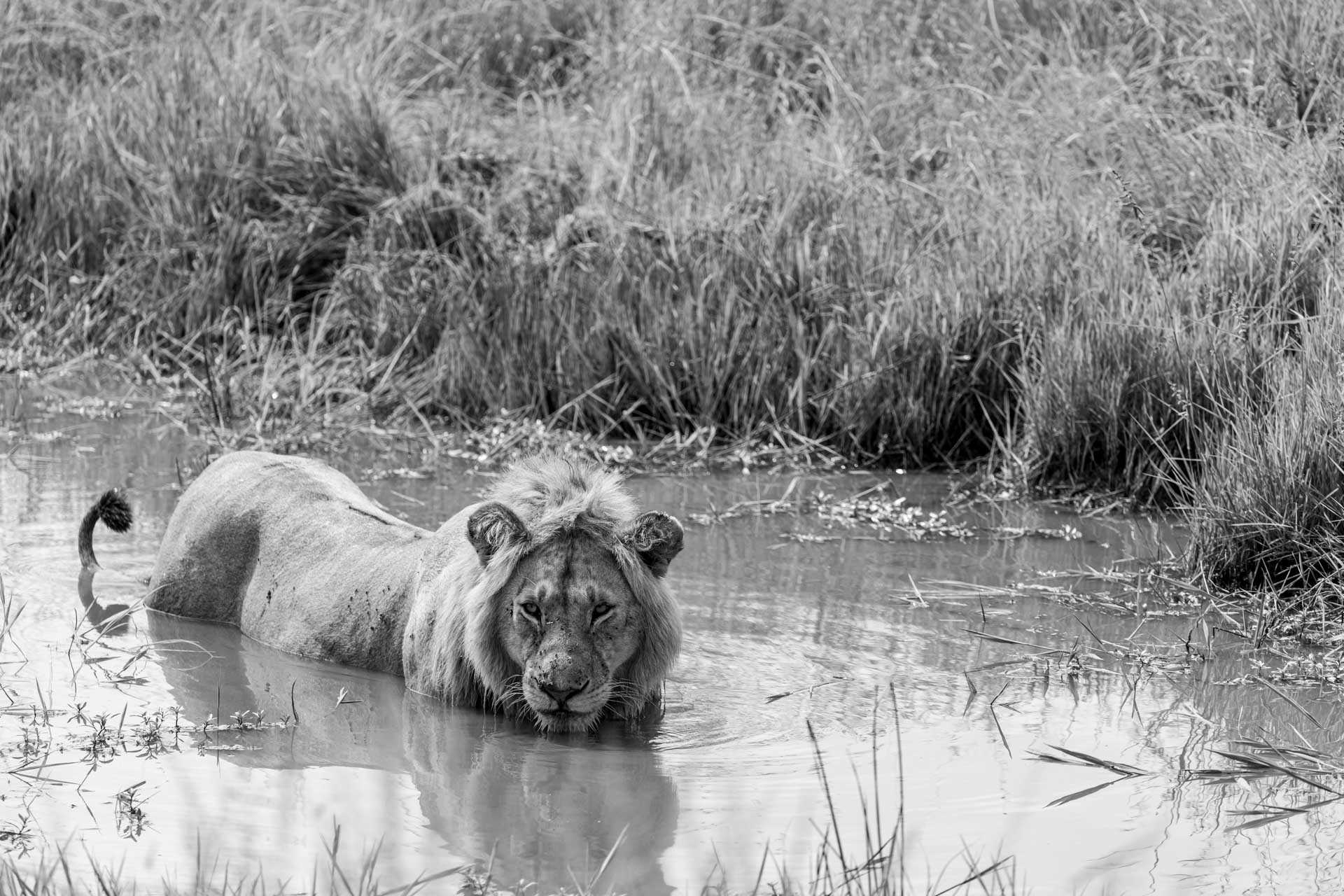
On his way back to the lodge, Lemaalo noticed an eland that had died of natural causes lying in the grass. He quickly spotted the Angama lioness moving closer, seizing the opportunity for an easy meal, only to be chased away by a group of buffalo. It was as if the buffalo were protecting the fallen eland.
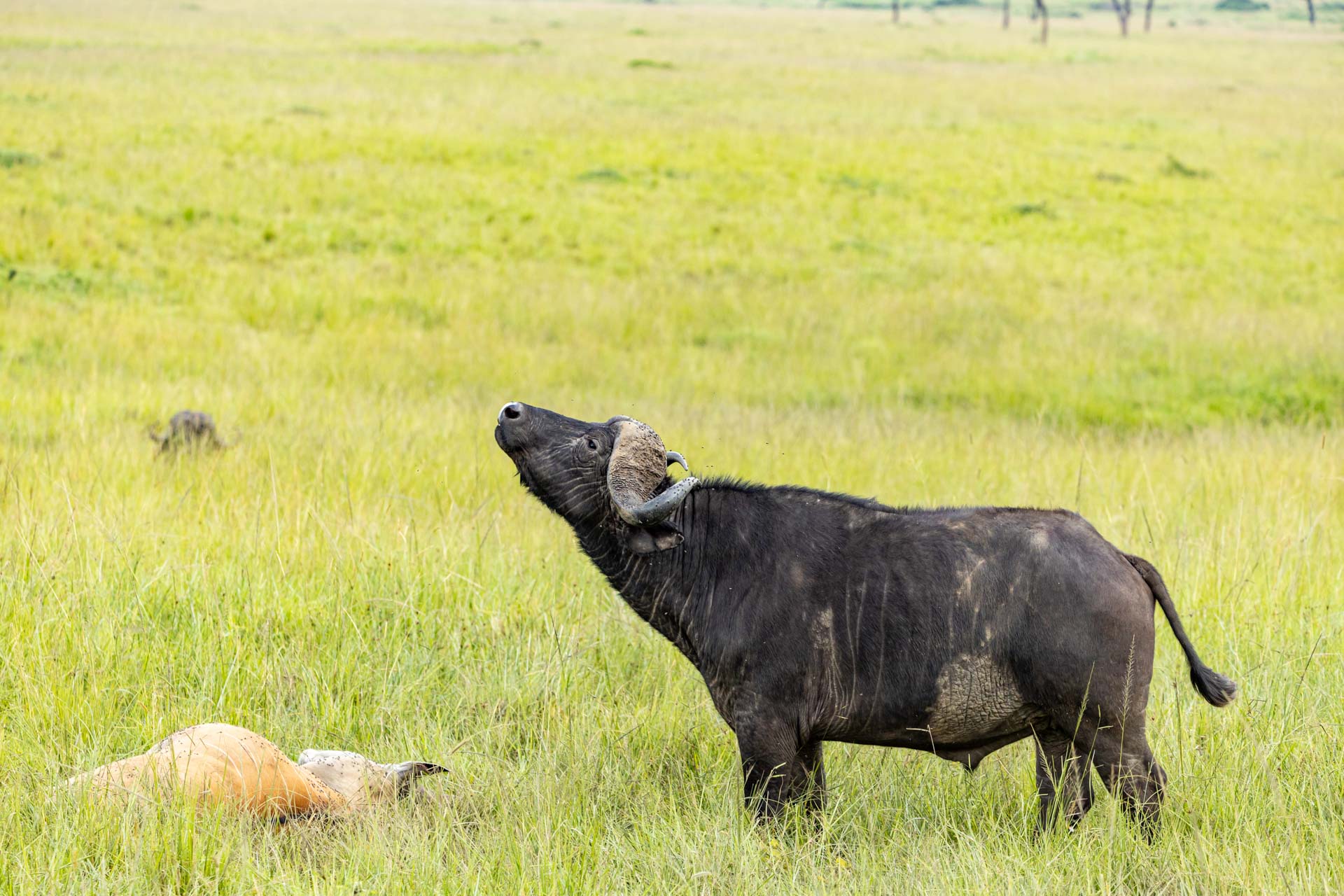
This week, we were lucky to see a small group of female wildebeest all with young calves that looked only a few days old. The calving season starts in January and will continue till March before the epic journey for the Migration begins. What is rare is the location of these wildebeest; we typically don't see these animals until they cross from the Serengeti. But near the border, a group of 'resident wildebeest' decided to stay in the Mara throughout the year. In larger herds, more than 8,000 calves can be born every day during peak calving season.

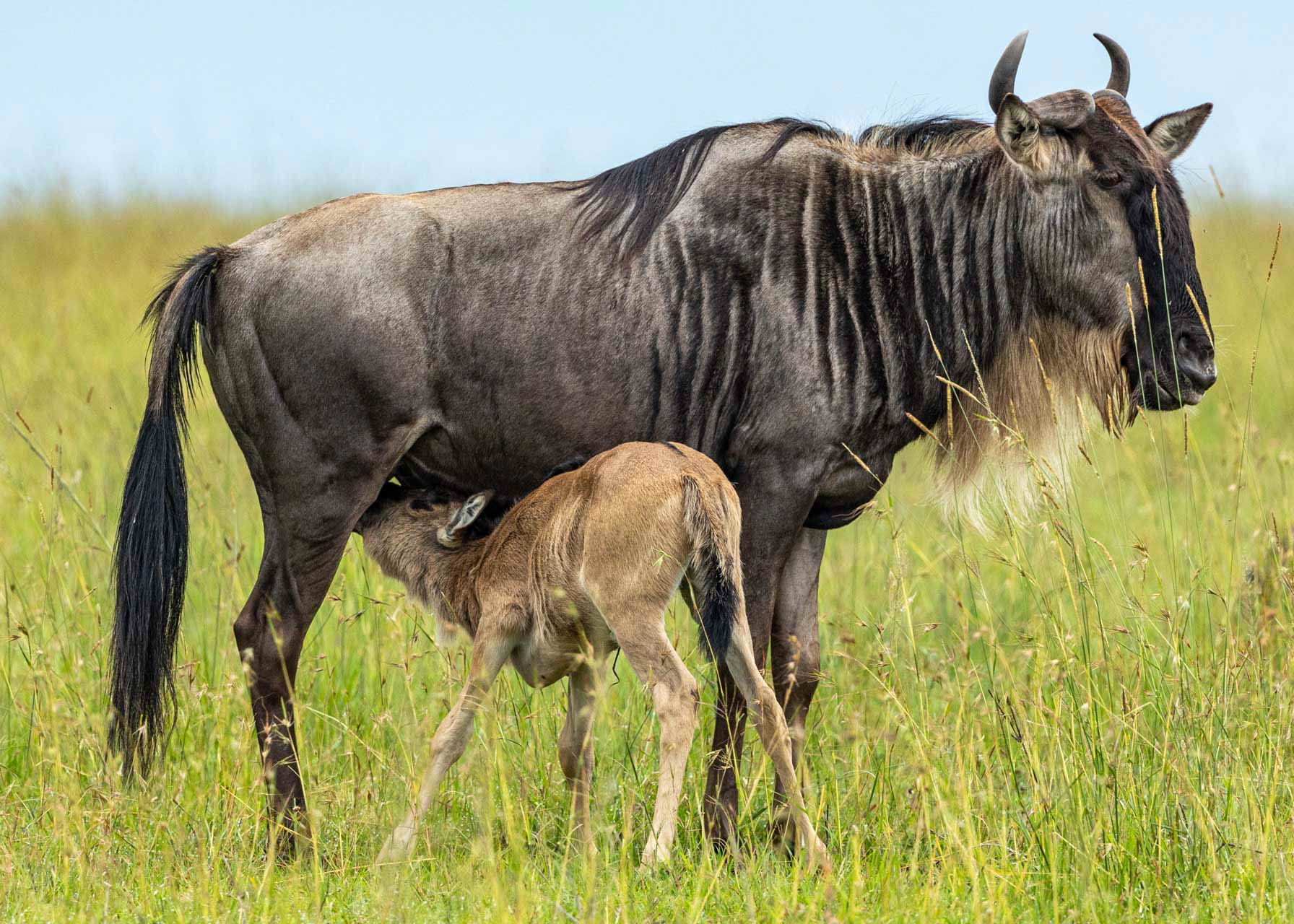
With all the recent rains the birds have been having a field day. Angama Guide, Jeremy, captured a wonderful image of a ground hornbill in flight with a mouthful of prey species. The ecosystem is being rejuvenated with water and life is thriving in many ways. -Andrew Andrawes
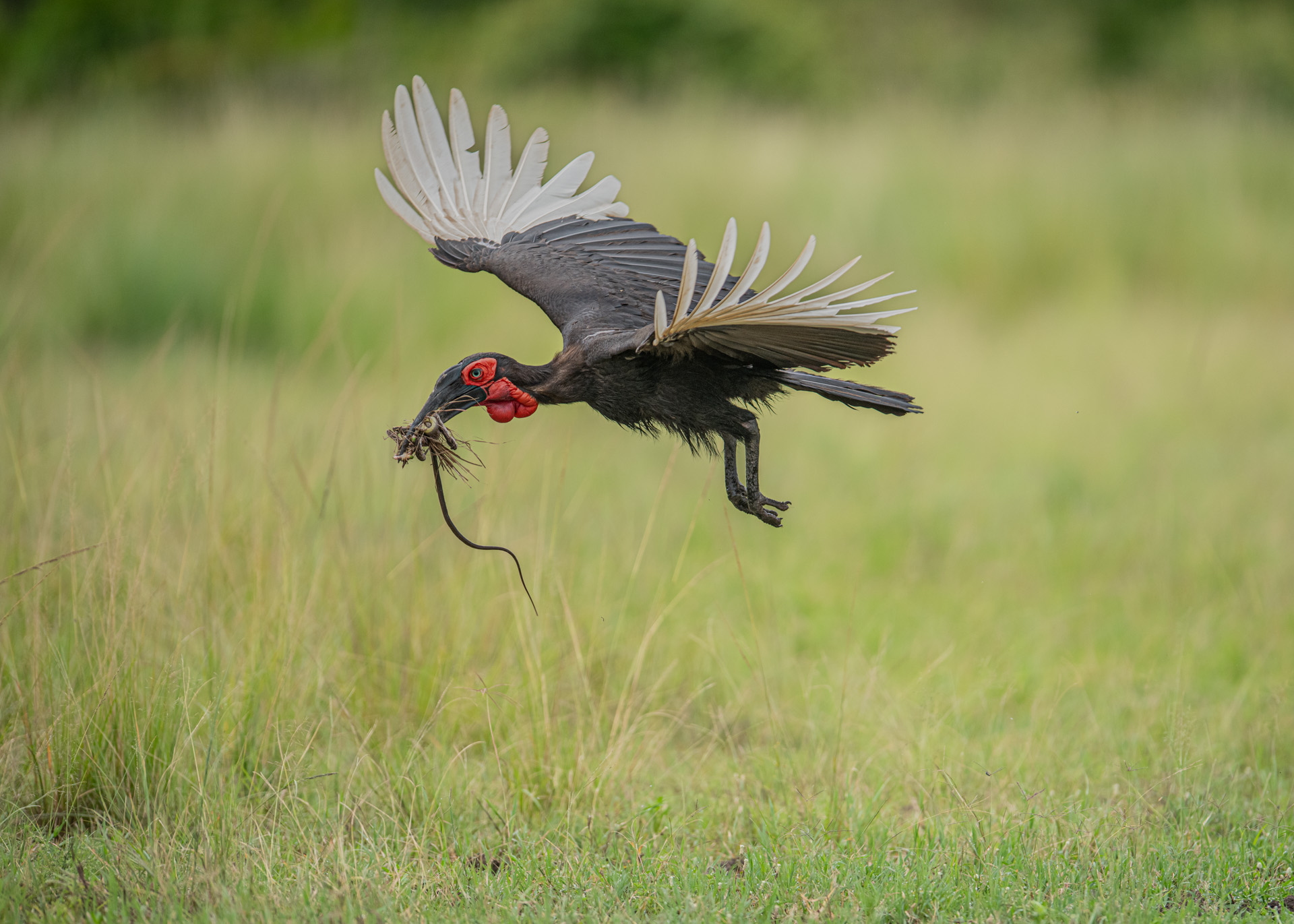
Filed under: This Week at Angama
Subscribe for Weekly Stories
Comments (0):

Weddings in the Mara